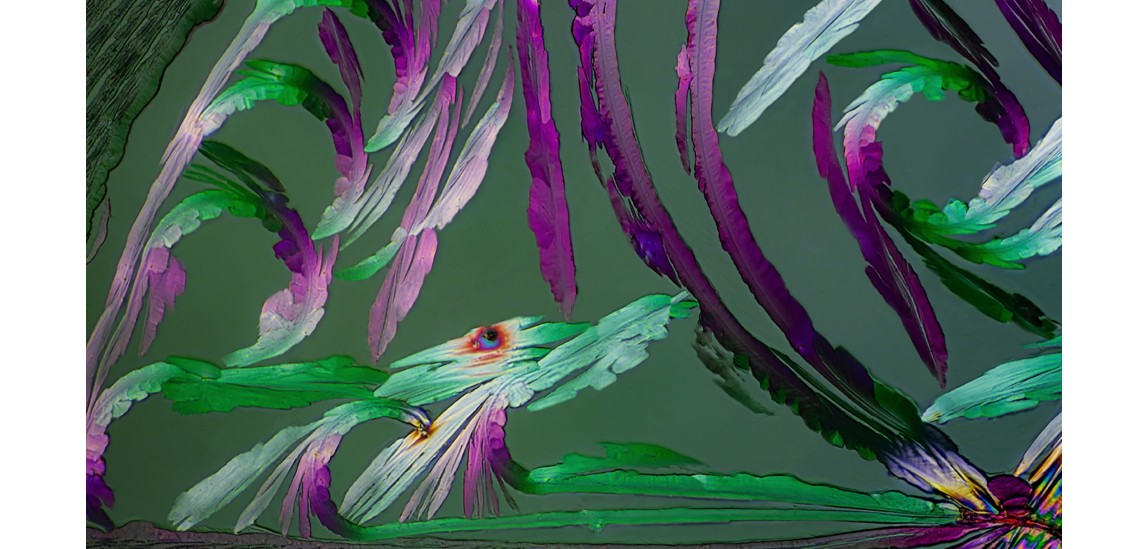The magazine Fotojutud interviewed our photographer Janek Lass.

Janek Lass (33) creates photographs that would knock out the average hobby photographer. How does he manage to make cats dance? What techniques does he use in microphotography to achieve such extreme magnifications? How many shots does it take to capture a stunning macro photo? And what’s the deal with photographing using sewer pipes and vacuum cleaner tubes? Peep Sooman sought answers to all these questions.
Who are you, and how did you get into photography?
I’m just an ordinary guy. My day job has nothing to do with photography—I work in the metal industry to earn a living. I got into photography thanks to my daughter. I bought my first camera specifically to capture her growing up. As someone who knew nothing about photography at the time, I naturally assumed that getting a DSLR would solve everything, thinking it would automatically take beautiful pictures.
But once I got the camera in my hands, reality quickly hit me—it doesn’t take photos on its own! I found myself in a tough spot: I had spent the money, but where were the great pictures? That’s when I realized I had to learn. I’m mostly self-taught, though I did take one course to understand what all those numbers on the screen meant. In the beginning, I shot constantly, taking my camera everywhere and capturing absolutely everything. Over time, I’ve gained more knowledge, and I now have a clearer vision of what excites me and what I want to photograph. I no longer shoot at random.
When did it all start?
I bought the camera in 2011, a year before my daughter was born.
Your work stands out in several genres—pets, macro photography, and more. Why these choices?
Well, I’ve actually worked in many different genres. There was a time when I was really into "high-speed photography," smashing bottles with a hammer in some basement and capturing it. I was also heavily involved in drop photography for a while. These phases tend to come and go, but in recent years, it’s been microphotography that has kept my attention. And I have to admit, this microphotography phase has been the most enduring so far.
You can see this in the way I organize my files. Normally, I have dozens of different folders, but now, that’s changed. Last year, the number of folders began to shrink, and this year, I’ve reached the point where I only have one folder left on my computer—and it’s dedicated to microphotography.
As for pets, it’s pretty straightforward. They’re usually either my own or a close friend’s (with a few exceptions). They’re perfect for practice—there’s no rush, and I have time to plan and experiment.
Let’s start with your pets—how do you manage to get your cat Zeus to pose? Cats aren’t exactly known for following commands…
You're right, cats don’t listen to commands. They won’t sit, roll over, or perform tricks on cue, and you can’t bribe them with treats either. So, the only option left is negotiation. With Zeus, it’s a bit easier because I introduced him to the camera when he was still quite young—about eight years ago now—so he’s somewhat used to it.
Negotiating with Zeus goes something like this: I place him where I want him, and he walks away. I place him again, and he walks away again. And we continue like this for as long as it takes. Usually, after a bit of resistance, he eventually gives in and stays put while I work with the camera. Of course, sitting still doesn’t mean the job is done yet—once he’s settled, he tends to doze off, so I often have to wake him up during the shoot.
There are also times when the idea for the photo requires Zeus to be more active or perform some kind of trick. In those cases, I bring out toys or even a trigger device. For instance, I’ve used a laser trigger—when the laser beam is interrupted, it sends a signal to the camera to take the shot.

.png)





Comments
No comment at this time!
Leave your comment